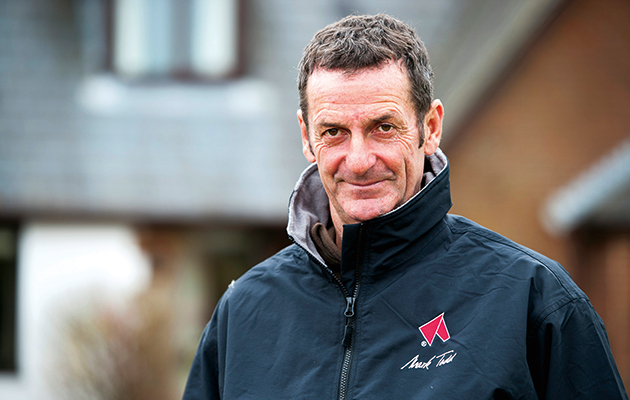We are so lucky in eventing to compete at such fantastic venues — two weeks ago, we were at one amazing estate, Burghley, then last week we were at another, Blenheim.
Blenheim produced three really good competitions and all the cross-country tracks rode well. Oliver Townend was a worthy inaugural Event Rider Masters (ERM) overall winner and the series has panned out successfully — different nations had victories and every leg was exciting right to the finish. Even the overall title came down to the last few riders at Blenheim.
ERM showcased the sport in a positive and modern format. Hopefully it will continue to grow next year and beyond. Saturday’s rain at Blenheim spoilt the party for spectators and made the going tough in the ERM dressage — the later horses struggled. The ground held up well on the cross-country though, and by Sunday it was perfect for the young horse CIC3* and ERM.
A level playing field
Dressage judging has been a big topic recently. After Burghley, analytics company EquiRatings produced some interesting statistics. They looked at the average dressage marks of horses in each session, showing that scores on Thursday morning were on average 4.2 penalties worse than those horses’ 2016 average mark, while on Friday afternoon they were 3.6 penalties better.
This highlights what we saw watching on Friday afternoon; it was amazing to witness the wave of excitement that came over all the judges. No disrespect to those riders, but the scores just kept going up and obvious mistakes garnered puzzlingly good marks.
This sort of thing isn’t limited to one event or one ground jury. The ERM judging at Blenheim was odd. Jonelle Price’s Cloud Dancer II, a real dressage horse, gained a similar mark to some average tests. This was safe judging, without using the range of marks.
For as long as I’ve been riding we’ve had this discussion and nothing has changed. You can’t escape the human element in judging. There will always be differences, but there has to be some sort of control. Eventing is the livelihood of the top riders and judging can mean the difference between winning and losing. Discrepancies can be worth more than a showjumping pole. In a professional sport, we need a fair and level playing field.
In pure dressage, the judges supervisory panel can alter obviously wrong marks. It’s time we looked at using this in eventing. Maybe the ground jury concept is outdated — should we employ dressage judges and then put the other phases into suitable hands, rather than the same three people overseeing the whole competition? Most event riders now use pure dressage trainers, so perhaps pure dressage judges are appropriate.
Ultimately, it shouldn’t be up to riders and owners to question this. Our governing body, the FEI, should be more proactive and ensure these discrepancies don’t happen frequently. The elimination of Rodolphe Scherer in the Burghley dressage also left spectators confused. Makara De Montiege had passed the trot-up and as professional riders, we don’t take lame horses to events. Some horses are a bit stiff and can look bridle lame or unlevel in the lateral work.
It’s a dangerous situation if ground juries start eliminating horses in the arena except in exceptional circumstances — even in consultation with a vet, as happened here (comment, 8 September) — and it doesn’t look good to viewers. I would prefer to see the more common procedure where a horse is allowed to finish the test and then re-examined by the vet.
Ref Horse & Hound; 15 September 2016

